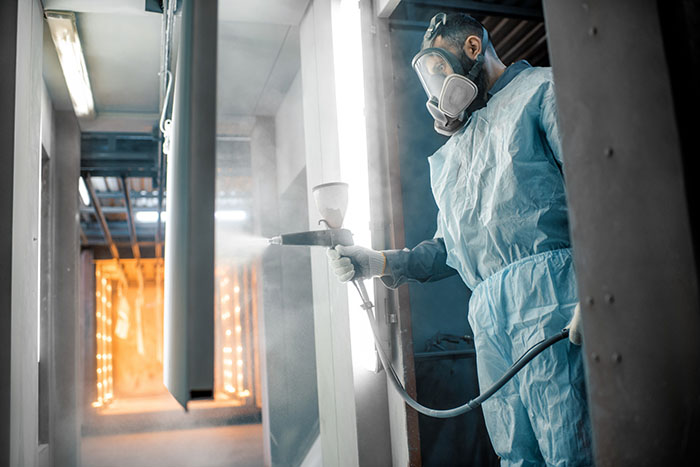Discover how home spray foam insulation provides not only physical comfort, but insulation and relief from common noise pollution.
Unless your next building project is something out of a horror movie set (think an isolated cabin in the woods), your customers are going to be concerned not only with their structure keeping them warm and dry, but also it being quiet. Whether they need to block out city noises like sirens and traffic, they have noisy neighbours with a crying baby or barking dog, or sound travel within their own property, they look to the experts – like you – to offer a solution.
But what is the best solution? Does it change depending on the sound-proofing application that they’re looking for? And do you know enough to explain why? In order to answer these questions like a pro, we’re going to break down what you need to know about sound pollution, and the different ways that spray foam insulation can help your clients get the peace and quiet they deserve.
What You Need to Know About Sound Transmission
The majority of your customers will be aware of the fact that sound travels in waves, but what they may not know is that these waves travel via vibration – this makes them different than light waves, which can be blocked by any opaque object, like a blackout curtain or a plaster wall. Conversely, since sound travels using vibration it can travel not only through the air, but also solid objects, including building materials like drywall, roofing, or flooring.
This makes it a more complicated problem to deal with, and the answer you provide your customers with will be dependant on the sound proofing application that they’re looking for. While the answer to all three soundproofing scenarios is, obviously, spray foam insulation, there are different aspects of the versatile material that apply to each of the main three sound reduction methods – and you should be able to speak about them all.
But wait – what are the three ways to reduce sound travel?
The first method of sound reduction, and possibly the most commonly requested, is sound blocking. This method is used to block and redirect the vibrations from sound waves in ceilings, floors, and walls in order to stop sound transfer between rooms, or even from the outside to inside. This method is commonly used when people complain of:
- Blocking noise between children’s play areas and main living spaces
- Reducing the sound of noisy neighbours – dogs barking, babies crying, and raised voices
- Stopping the sound from the street outside, like loud engines and honking horns, from entering the home
Spray foam is an ideal solution in this use case, as both open and closed cell spray foam insulation technology work as air barriers which blocks the transmission of sound waves through the air, helping to create a quieter space.
The next method of sound reduction is actually the opposite of our first example – sound absorbing. Sound absorbing is used in scenarios where your customer wants better quality sound contained within one room, usually if they are constructing:
- A home theatre
- A music or sound studio
- An auditorium or stage
These applications will need a material that absorbs, traps, and dissipates sound waves, preventing leakage to the outside and loss of any needed waves. This application calls for open cell spray foam insulation, which is a more porous and light foam and fantastic at absorbing sound. Be sure never to recommend closed cell foam, however – it’s harder surface tends to reflect sound more than it absorbs, which can create sound distortion like echoes unless it’s being used to keep sound out rather than in.
The third, and final, method of sound reduction is sound dampening – this, like sound blocking, is a way to isolate noise from a particular structure or room. The way it does this however, is very different. Builders use a mix of different materials and densities to absorb and dispel the waves before they reach the other side. Often when this technique is used, open cell spray foam is put between the building materials of different densities to further muffle the noise.
You’re on your way to peace and quiet!
By finding out what exact application your customers need for their soundproofing, and showing your expert knowledge by explaining how spray foam insulation works in their specific use case, you will be assuring them that they will end up with a structure that is both comfortable for their bodies and for their ears.
If you would like more information on how spray foam rigs can help bring some peace and quiet into your life, speak with one of our experts at 289-642-1735 for a free consultation and sound (proofing!) advice.







